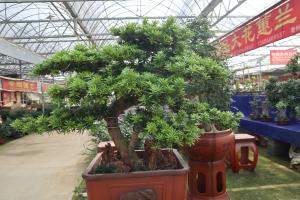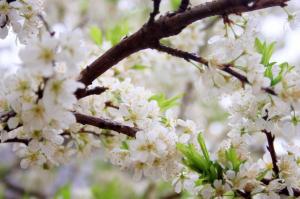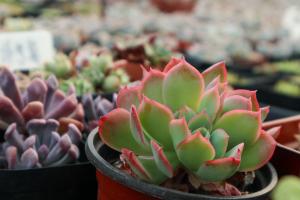1、 Curing method
1. Temperature: the temperature suitable for its development is 15-20 degrees. If the temperature is too low, it will affect its metabolic function. If the temperature is lower than 5 degrees, it is easy to be frostbitten. Therefore, if it is cultured in the north, it is necessary to avoid open field maintenance as far as possible. High temperature will shorten the flowering period of the plant, which will not exceed the maximum temperature of 30 degrees

2. Watering: it is drought resistant and barren resistant. It needs to be watered in an appropriate amount. Generally, it is most appropriate to water once every week to about 10 days. For open field maintenance, drainage work needs to be done in rainy season to avoid waterlogging of roots
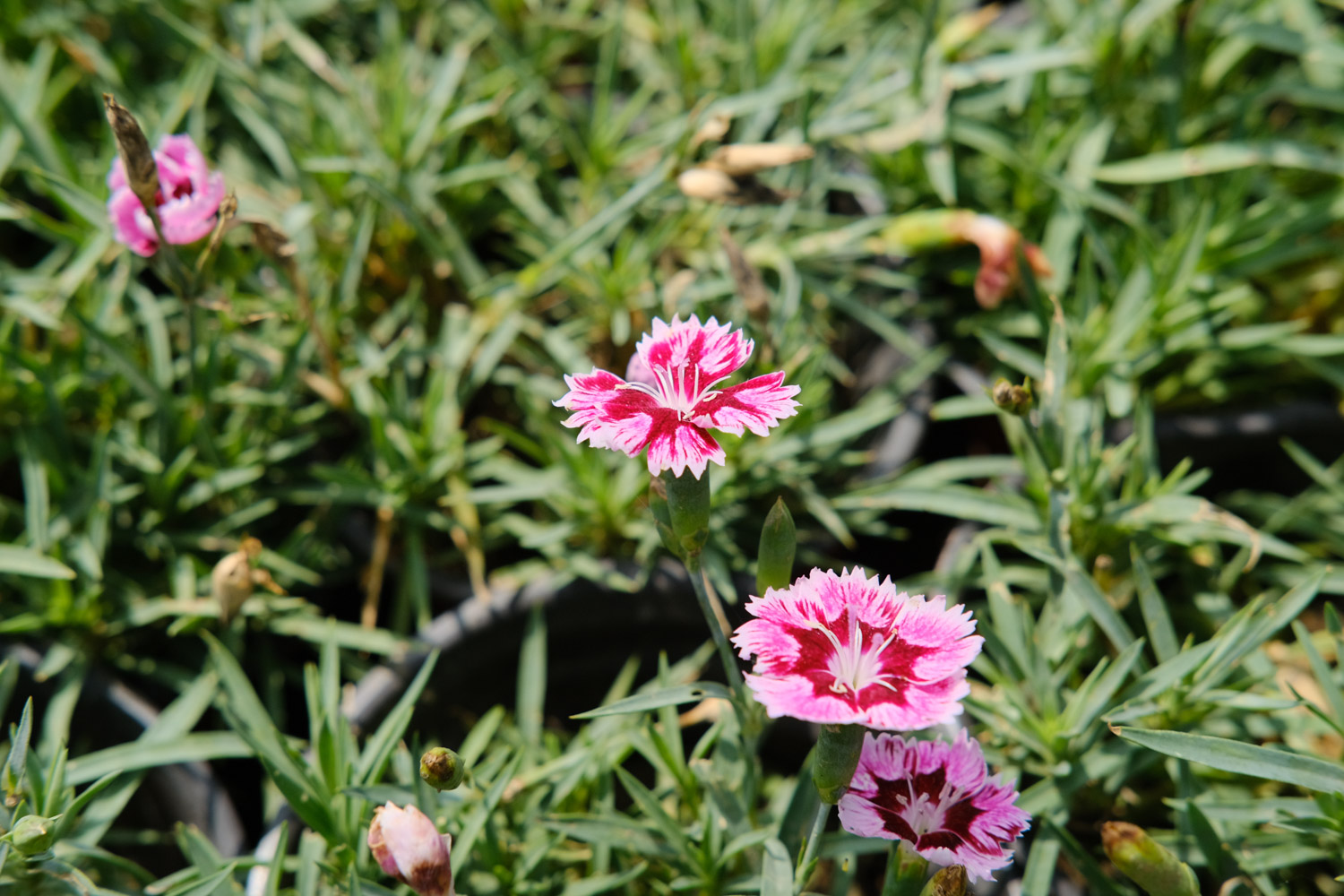
3. Fertilization: as mentioned above, it is resistant to barrenness, so it does not need too much fertilization during maintenance. If there is base fertilizer in the soil before planting, it can be fertilized once a month during its growth period. If there is no base fertilizer, the fertilization interval is reduced to once every 20 days. There is no need to apply fertilizer in winter. Topdressing is required before autumn. This topdressing can ensure the nutrient demand of plants for overwintering

4. Light: it likes sunshine. It needs proper shade for maintenance in summer, and the light mode is mainly astigmatism. The sunshine in other seasons is not strong and can be illuminated normally
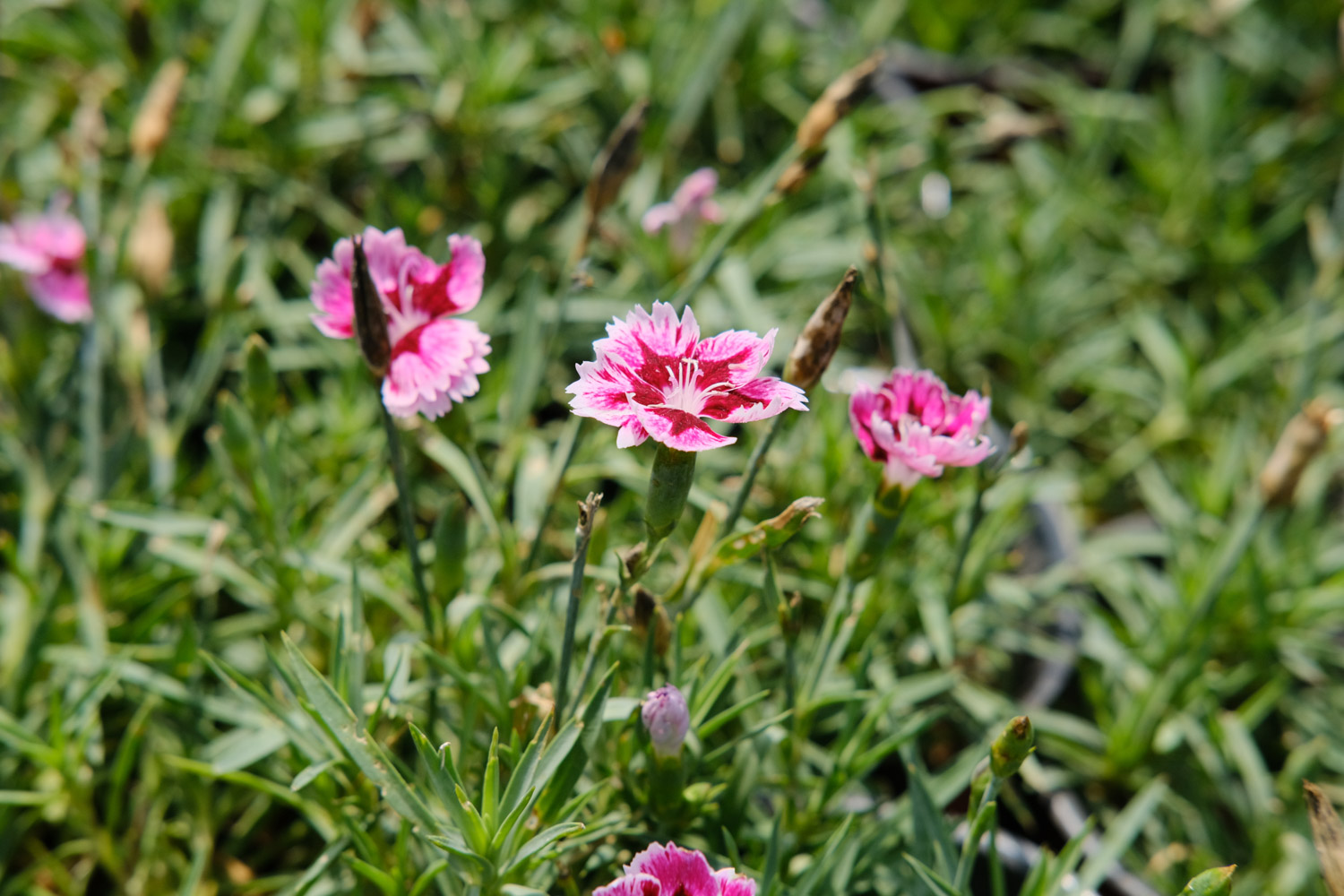
2、 Breeding skills
1. Propagation: if plants are propagated by cutting, the time is usually in September. Take healthy branches from the plant, cut them into small sections of about eight centimeters, insert them into half of the sand, water them once, and maintain them in a warm environment. They can grow roots in about 20 days
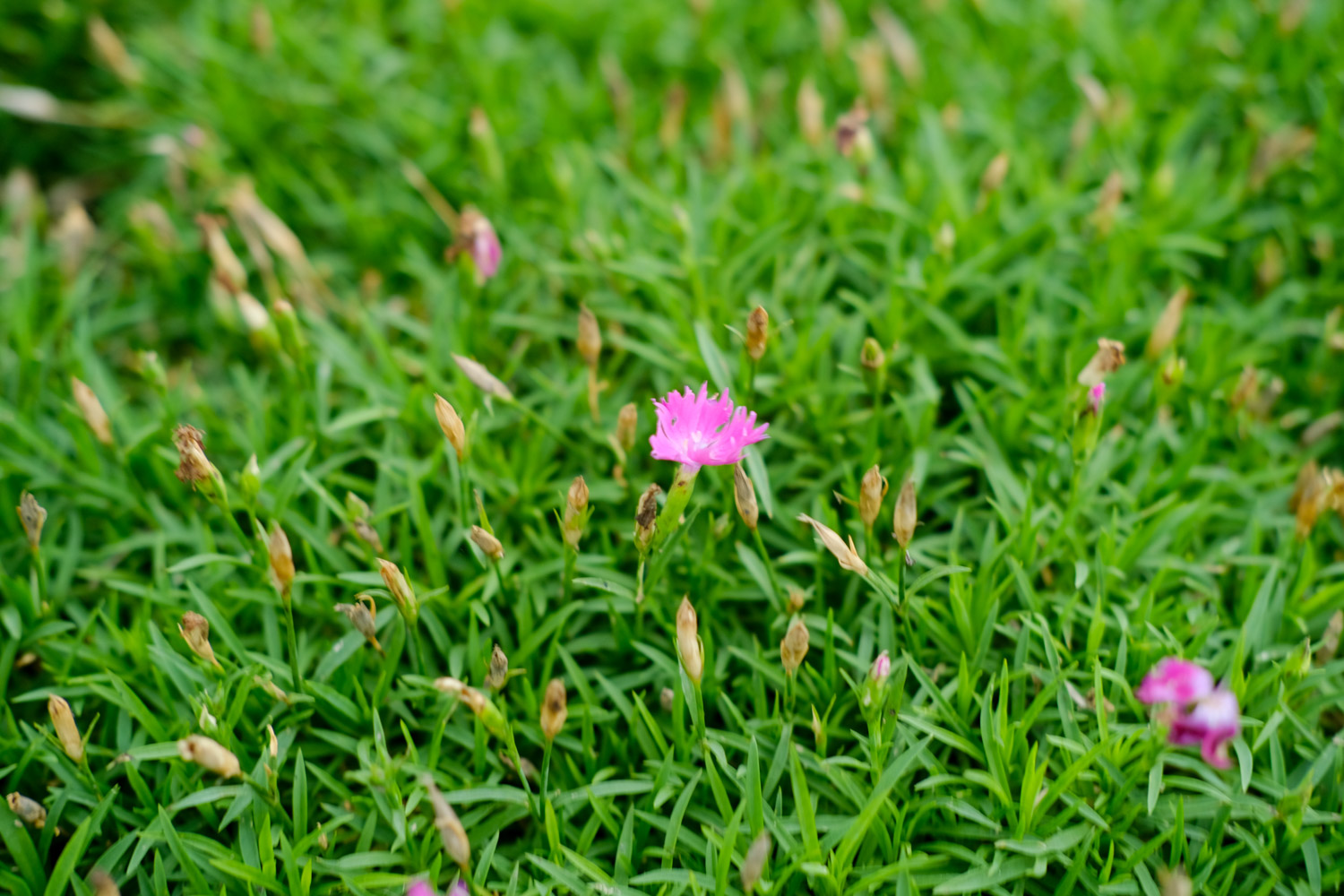
2. Pruning: Carnation can continue to blossom after pruning. If you want more flowers, you can pick the heart. The purpose of picking the heart is to disperse nutrients and promote lateral branch germination and flowering. When pruning, the axillary buds should be cut off to avoid unnecessary nutrient consumption
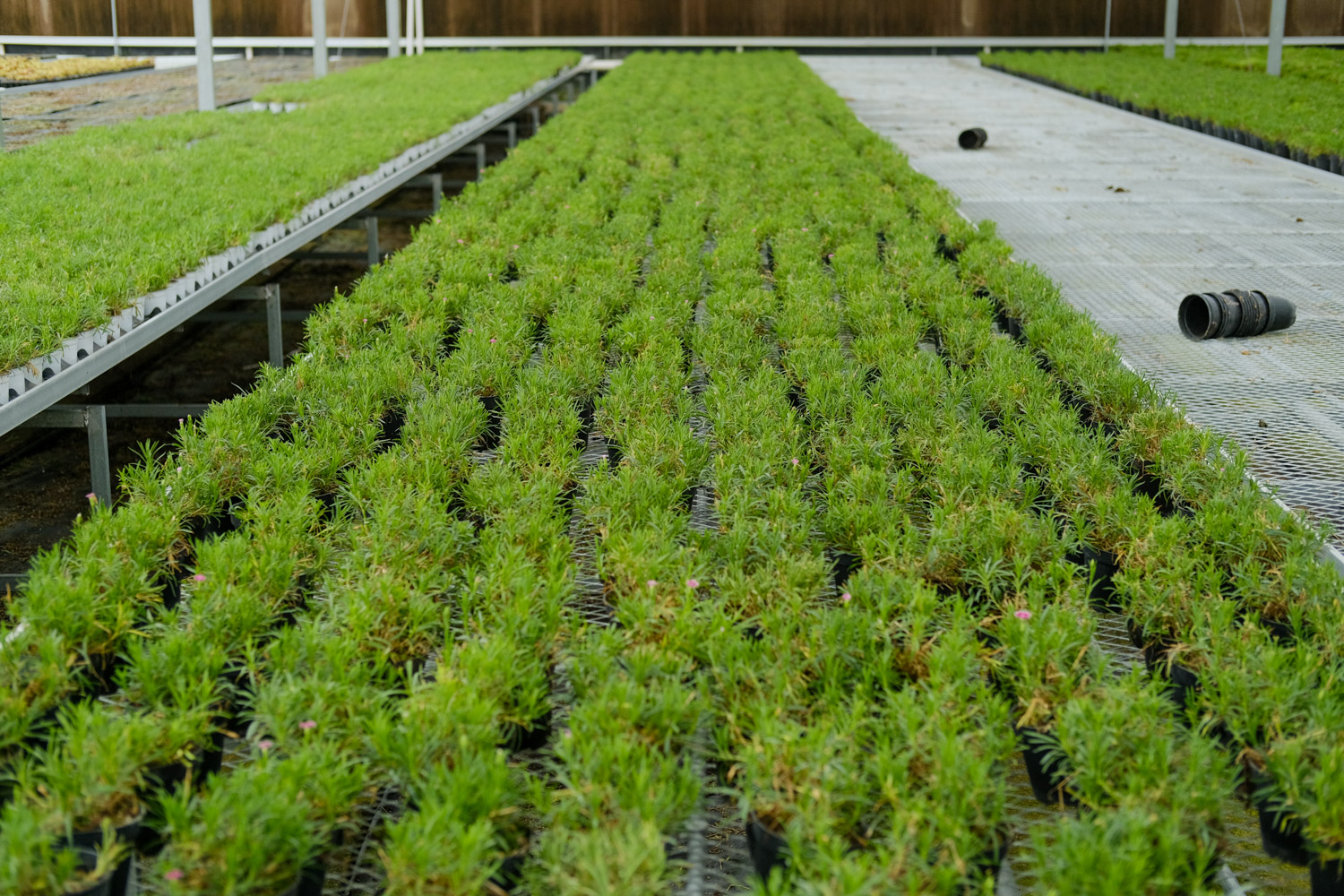
3、 Problem diagnosis
1. Insect pest: it is easy to be infected by red spider. If red spider is found in the strain, it can be sprayed after Omethoate emulsion is diluted

2. Pathological changes: if the plant is found to be infected with root rot, it can be sprayed with chlorothalonil and other agents. In the process of breeding, it is sprayed with fungicide every half a month, which can effectively prevent the occurrence of root rot

4、 Other issues
1. Function: it can absorb toxic gas, sulfur dioxide and chlorine. Where there is poisonous gas, you can put more pots of evergreen carnation
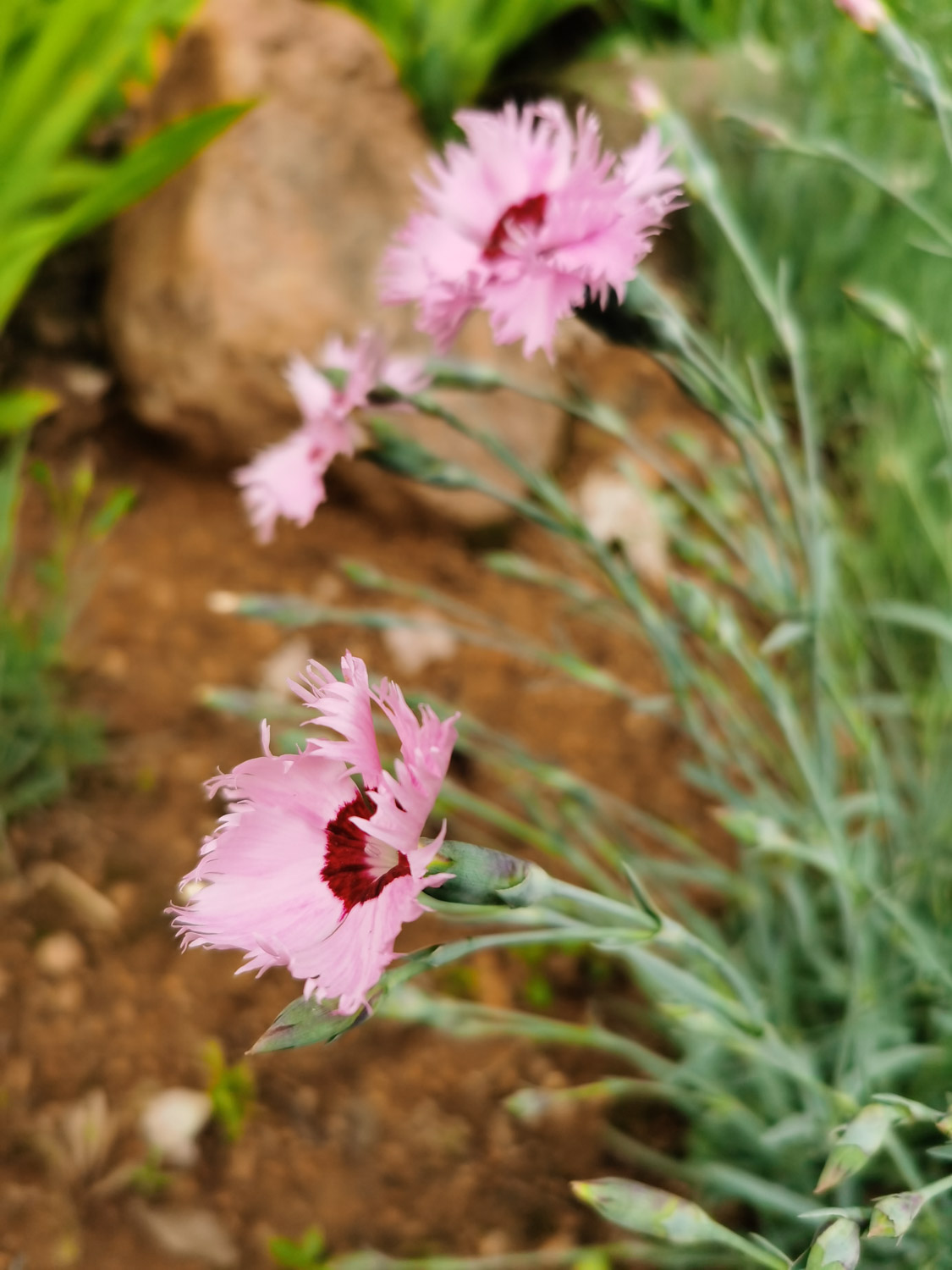
2. Whether it can be cultivated indoors: it can be cultivated indoors. The plant type is not high and the requirements for the maintenance environment are not high. These conditions meet the conditions of indoor maintenance, so it can be planted indoors
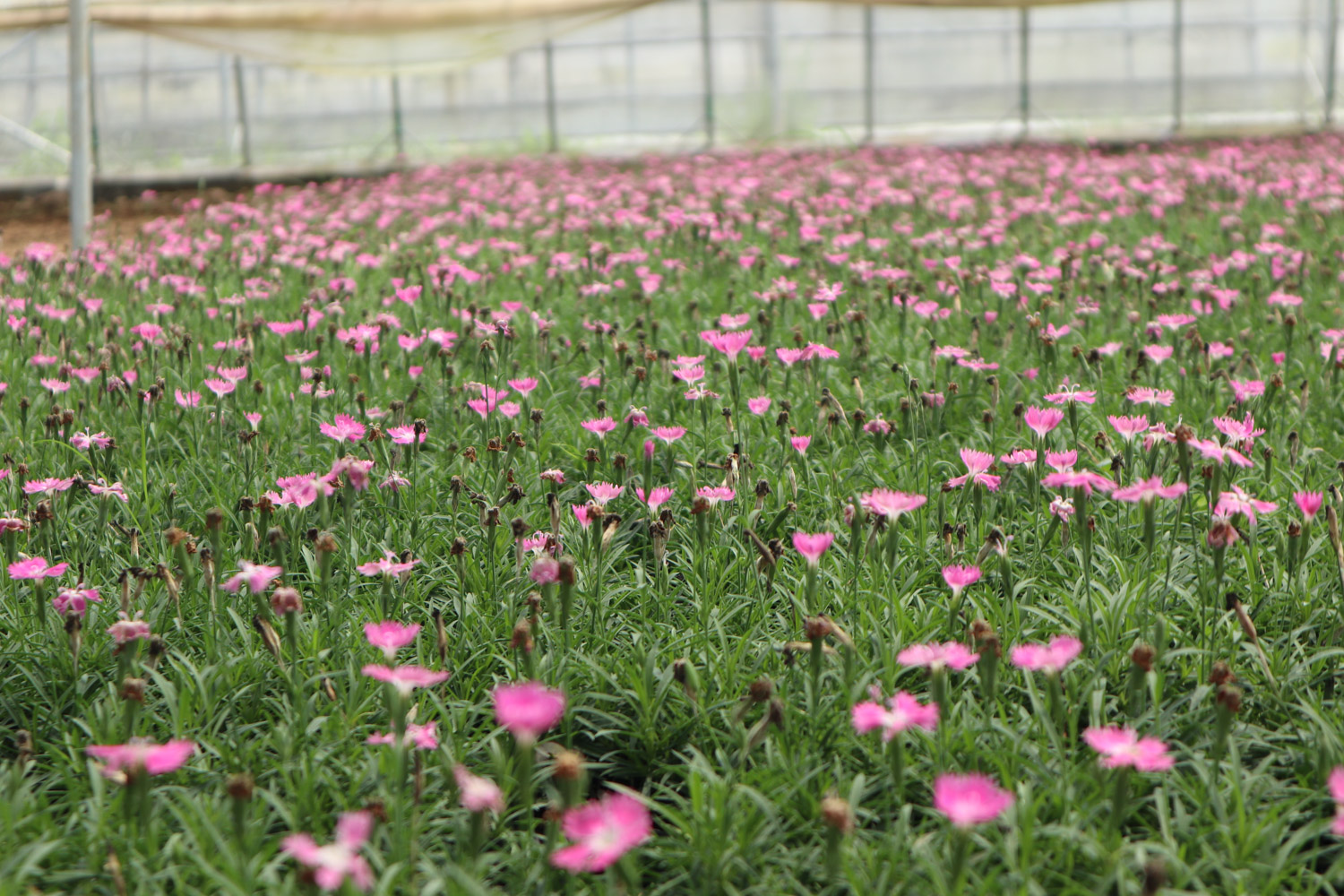

 how many times do yo...
how many times do yo... how many planted tre...
how many planted tre... how many pine trees ...
how many pine trees ... how many pecan trees...
how many pecan trees... how many plants comp...
how many plants comp... how many plants can ...
how many plants can ... how many plants and ...
how many plants and ... how many pepper plan...
how many pepper plan...


